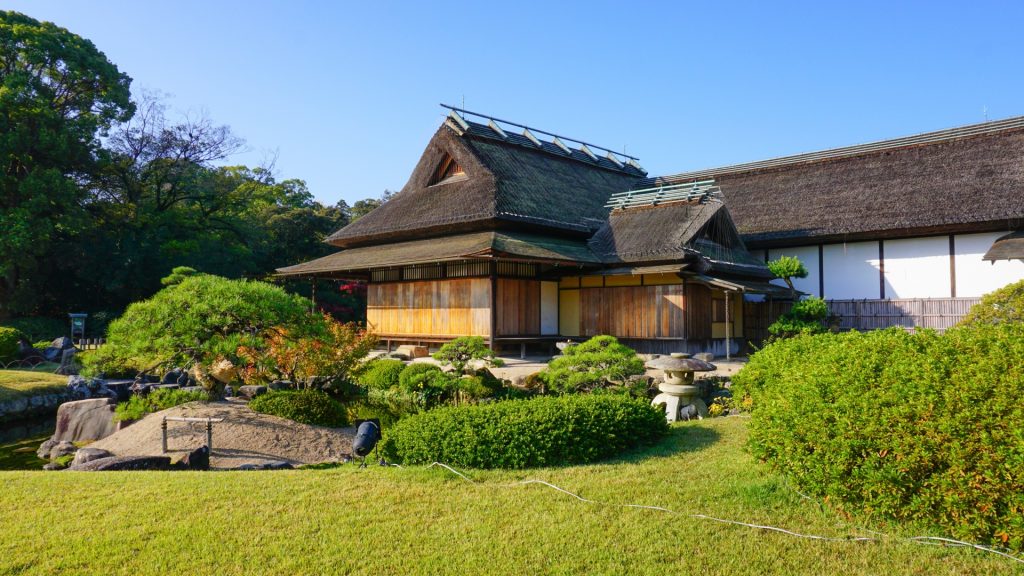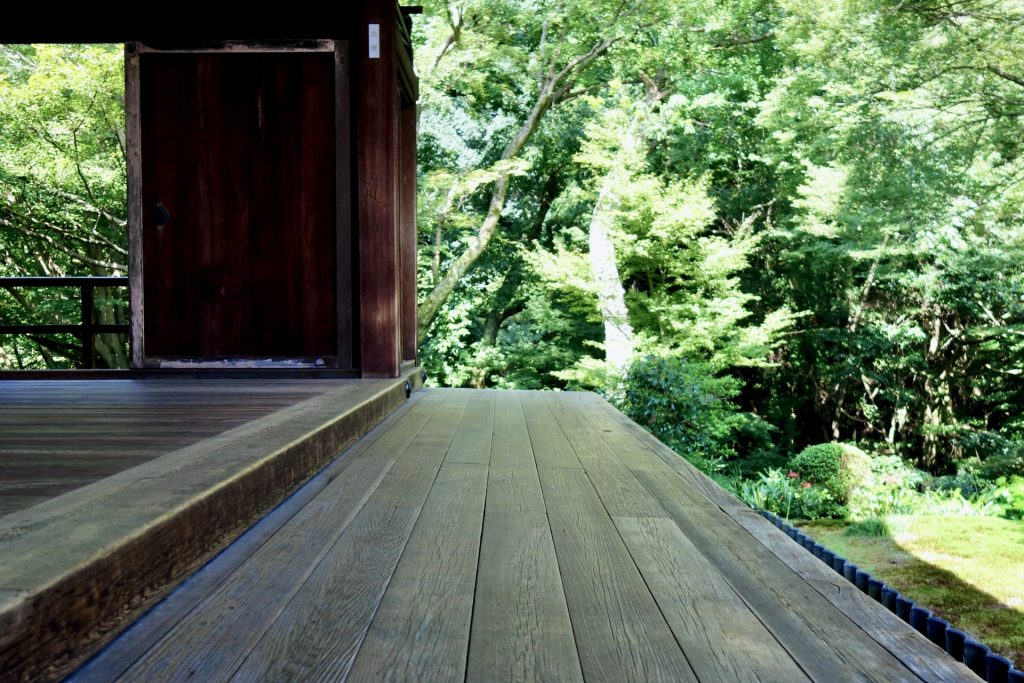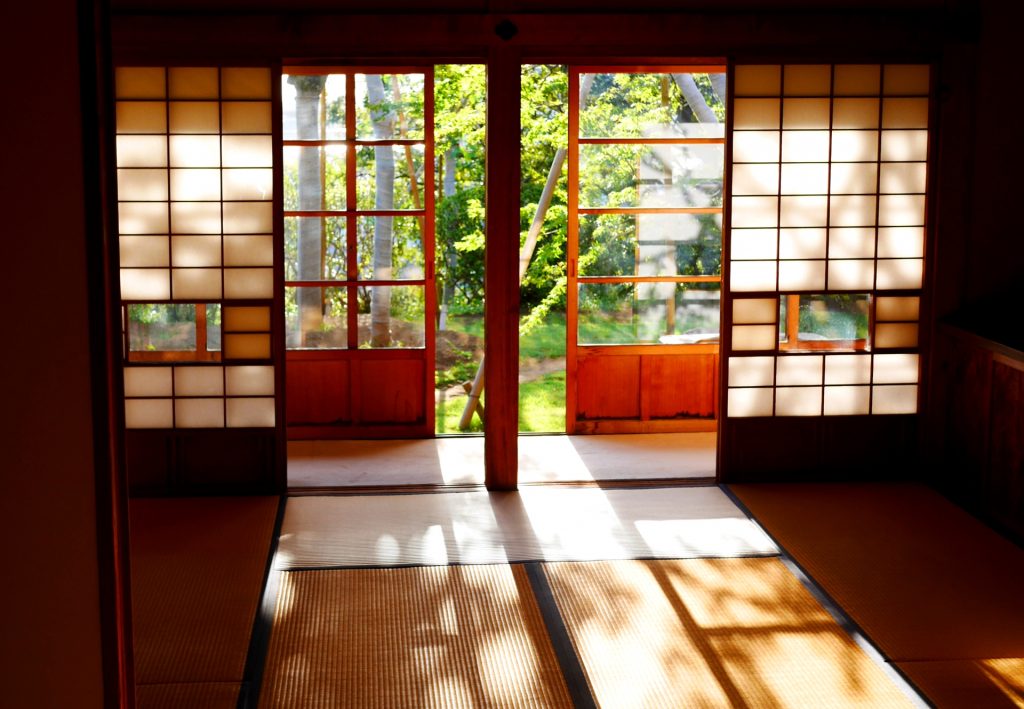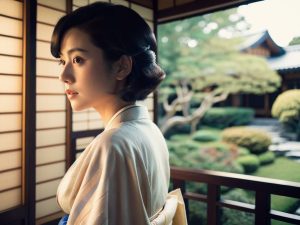Traditional Japanese houses, also known as Nihonkaoku, are renowned for their harmonious design, natural materials, and unique architecture. From tatami mats to shoji screens, every aspect reflects centuries of cultural heritage and clever functionality. Let’s dive into the fascinating world of Japanese houses, learn their history, and uncover some surprising facts that will make you fall in love with them even more!
What Makes a Japanese House Unique?

Japanese houses are designed to blend seamlessly with nature, featuring natural materials like wood and clay walls. Here are some defining characteristics of Japanese architecture.
Tatami Mats: Why Do Their Sizes Differ by Region?
When you think of a Japanese house, the first thing that comes to mind might be tatami mats. Surprisingly, the size of a tatami differs between regions! In the Kanto region, tatami mats (called Edo-ma) are smaller than those in Kansai (Kyoma). These variations come from historical differences in architectural styles and regional preferences. Who knew something so familiar could have such an intricate backstory!

Shoji Screens: Why Use Paper?
The soft glow of sunlight through a shoji screen is a hallmark of Japanese interiors. But did you know that shoji paper isn’t just any paper? It’s lightweight, allows ventilation, and even helps regulate humidity. This clever blend of function and aesthetics is a testament to Japanese ingenuity.
A Brief History of Japanese Houses
The origins of Japanese houses can be traced back to Jomon period pit houses. Over time, styles like shinden-zukuri during the Heian period, buke-zukuri in the Muromachi period, and machiya in the Edo period emerged. Each evolution reflects the lifestyle and climate of its era.
Notable Features That Evolved Over Time
For example, the engawa (veranda) was introduced as a multifunctional space for ventilation and welcoming visitors. It’s also worth noting that the deep eaves of Japanese roofs were designed to protect against Japan’s heavy rains—a response to the country’s natural environment.
Fun Facts About Japanese Houses
Let’s take a moment to explore some lesser-known tidbits that are sure to spark conversations.
Why Do Tokonoma Alcoves Exist?
A centerpiece of traditional Japanese rooms, tokonoma is a recessed space where flowers or scrolls are displayed. More than decoration, these spaces symbolize hospitality.
the scrolls are intentionally hung lower than eye level so that guests can observe them comfortably. Attention to detail, isn’t it?

Engawa: The Summer Hangout Spot

Engawa, often associated with idyllic summer scenes in Japan, isn’t just a charming spot to enjoy nature. It plays a practical role too! Engawa improves airflow in the house, naturally cooling interiors during the hot season—a vital feature before air conditioning was widely available.

The Future of Japanese Houses: Merging the Old and New
In recent years, renovations of traditional Japanese houses have taken the spotlight. For example, many old houses have been converted into guesthouses or cafés that maintain their traditional charm while incorporating modern amenities.
This creative reuse has captured the hearts of visitors, offering a chance to immerse themselves in Japan’s cultural heritage while enjoying contemporary comforts. Whether it’s a Kyoto machiya or a countryside farmhouse, Japanese houses are evolving while staying true to their roots.
Conclusion: Discover the Charm of Japanese Houses

Japanese houses are a perfect blend of history, culture, and pragmatic design. From the iconic tatami mats to the calming engawa verandas, every detail reflects a deep connection to nature. Next time you visit Japan, take a closer look at these traditional homes and appreciate the beauty within their craftsmanship and thoughtfulness.













